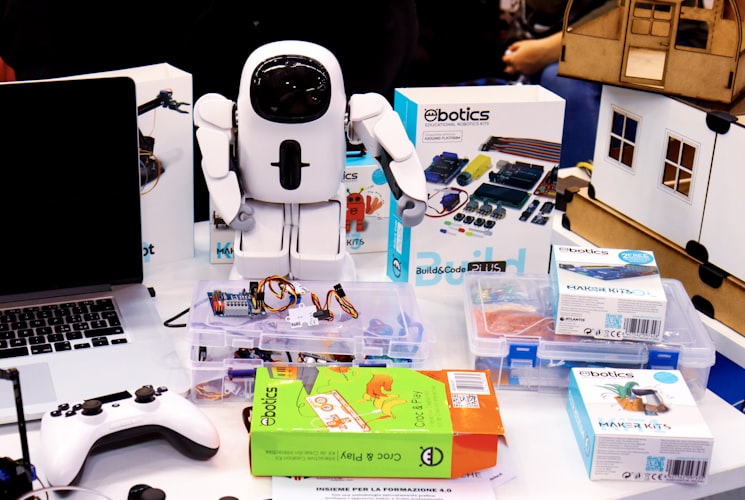How to design robots with flexible bodies?
Scientists at MIT develop an efficient way to optimize and control the design of soft robots in order to complete complex tasks.
"Soft robots are infinite-dimensional creatures that bend in a billion different ways at any given moment," says first author Andrew Spielberg, a graduate student in the Computer Science and Artificial Intelligence Laboratory (CSAIL). "But, in truth, there are natural ways soft objects are likely to bend. We find the natural states of soft robots can be described very compactly in a low-dimensional description. We optimize control and design of soft robots by learning a good description of the likely states."
Soft robots can move in an infinite number of ways at any given time. In stimulation studies, researchers designed a method known as "learning-in-the-loop optimization" which enabled 2D and 3D soft robots to complete various assignments. The model also stars a technique called a material point method (MPM) that plays the behavior of continuum materials. These studies can help advance robotics and provide safer interactions with humans.
"This allows for creating robot designs catered to the robot motions that will be relevant to specific tasks," Spielberg says. "By learning these parameters together, you keep everything as synchronized as much as possible to make that design process easier. The key is we want that low-dimensional state to be very descriptive.”
Watch the video below to learn more:
Source: Science Daily









